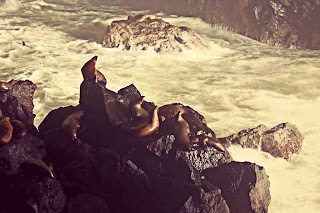Sunday, January 31, 2016

Read the following, then answer the questions that follow: Sea Fever by John Masefield The Village Blacksmith by Henry Longfellow 1. What "call" is the speaker answering in "Sea Fever"? 2. What is the "long trick" in the last line of "Sea Fever"? 3. What does the village blacksmith think about when he hears his daughter's voice? 4. What simile describes the wind in line 10 of "Sea Fever"? 5. What similes in "The Village Blacksmith" describe the smith and his work? 6. Note which words and phrasea are repeated in each stanza of "Sea Fever." In each case, why do you think that the poet chose to analyze those words? 7. Write down four lines from each poem and mark the stressed and unstressed syllables. Now, read the lines aloud. What effect does the rhythm have on each line? 8. In addition to creating a pattern fo sound, rhyme helps emphasize important lines or words in a poem. Write do...









